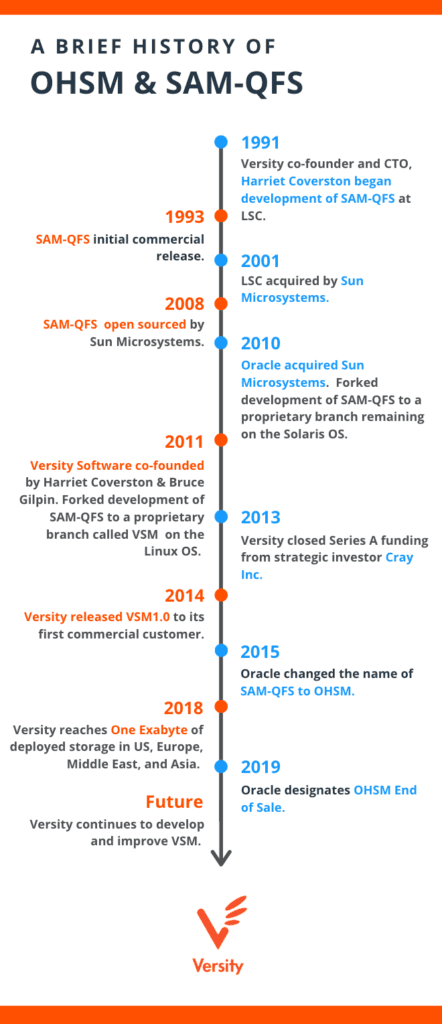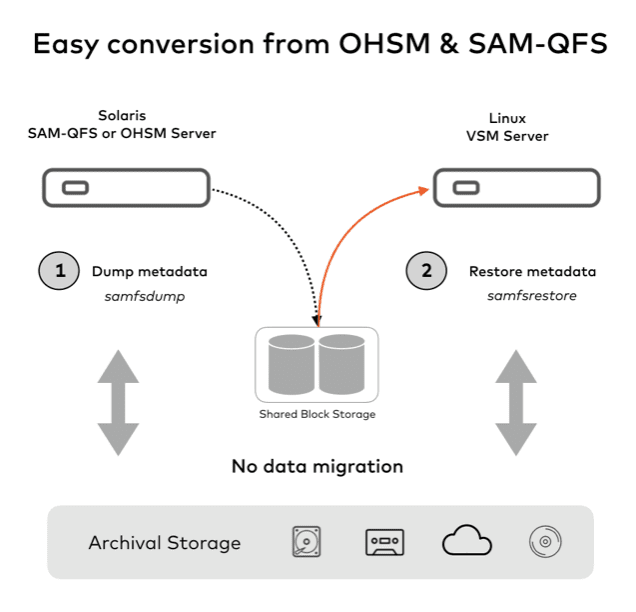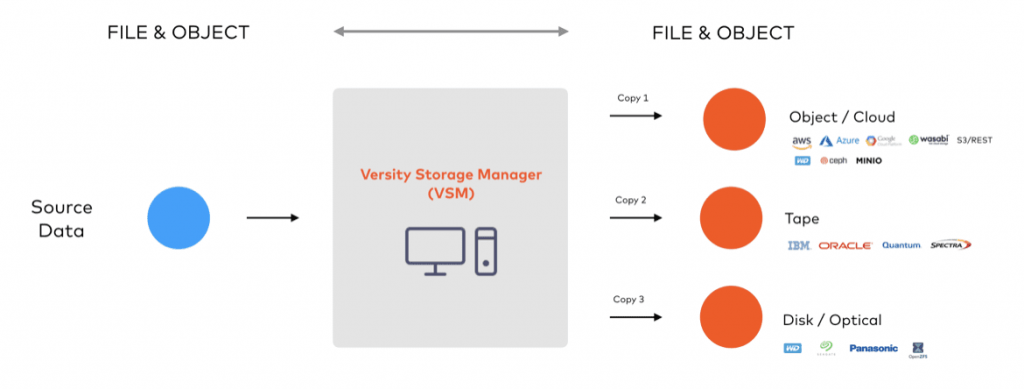What this means for the archival storage market
With the End of Sale announcement for OHSM, we are seeing a visible sign of consolidation in the archival storage software market and we believe this trend will accelerate over the course of the next five years.
While some will choose to interpret the OHSM announcement as a sign that the frequently repeated but never realized “end of tape” myth is finally becoming a reality, our take on this development is different.
The large archive software and hardware market is maturing and like in any maturing market segment, there is usually consolidation among the suppliers as customers identify and support a winner that offers the most innovative and competitive solution. Almost every segment of the technology market eventually consolidates around a clear winner and that winner typically achieves something close to 80% market share.
The process of consolidating around a winner in the archival software market has taken an extended period of time to play out due primarily to two factors. First, is the high cost of switching to a new solution, and second is the fact that there has not historically been a clearly superior, modern, technically advanced alternative. Each of the primary products in the sector are more than ten years old, and each has significant technical deficiencies. There is no clear market leader because there has been no clear technical leader.
We believe that the period of stagnation in this market sector is coming to an end. Public cloud storage options for smaller archival sites under several Petabytes in size, have placed pressure on some of the established brands that historically enjoyed a large number of deployments in the small to medium sized segment of the market. This pressure has resulted in less R&D support for new and existing features.
On a more positive note, the large archive segment of the market comprised of sites managing greater than 5 Petabytes of data has been very healthy. Large archive sites have a very clear economic and performance incentive to operate on premise private cloud or tape archive systems, or hybrid private cloud and tape solutions. Large archive sites are also rapidly expanding capacity as the need for low cost mass data storage services grows within their organizations.
Versity is in its fifth year of double-digit percentage growth and has begun beta phase trials of the new VSM2 large archive solution featuring the ScoutFS filesystem and the ScoutAM archive manager. VSM2 is positioned to leapfrog existing solutions in terms of scalability, efficiency, and usability. Versity’s mission is to develop the world’s most advanced large archive solution in order to meet the needs of the most demanding archive sites in the world and to present consumers of this technology with a clearly superior solution.
My prediction is that there will be more consolidation in both the hardware, and software side of the large archive market and an 80% market share “winner” will emerge in both segments within the next 3-5 years. This is a normal and healthy evolutionary trend for any technology market and should lead to lower costs and superior technology for customers.








